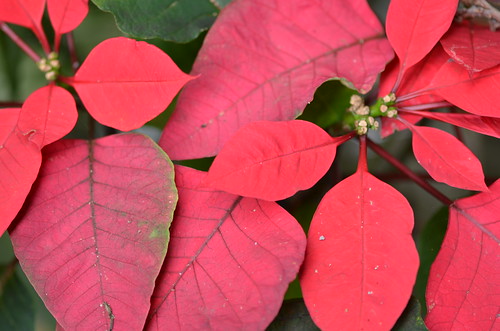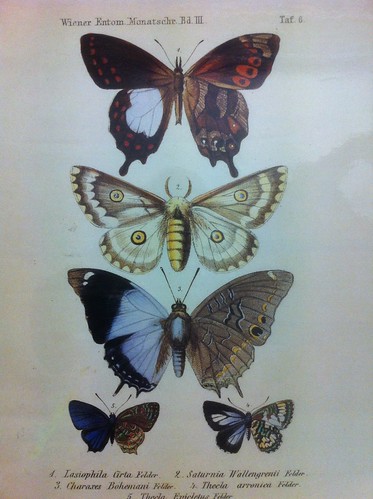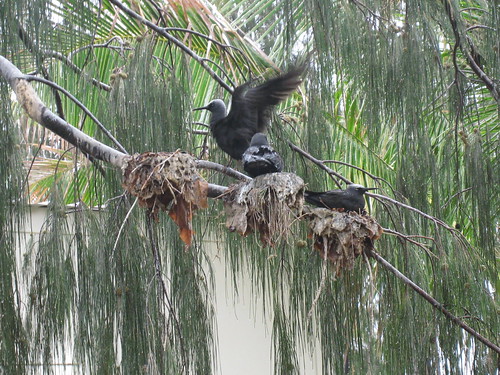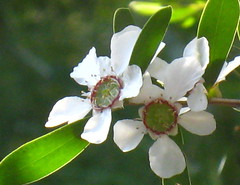 Poinsettia
PoinsettiaI have gone very cold on the Australian Museum's rapid digitisation project. Possibly because I am not very good at using the databases, which are very clumsy to correct and still full of logical errors... leading data to be easily destroyed.
Yet the need to continue is very evident. I flicked to
this picture of Katipo rubivenosa, and wanting to find out more, I googled
Katipo rubivenosa and found exactly nothing, except for the image in a discussion of the project. And so far, this seems to be the case for most of the insects we have photographed.
It cannot be the case that such information is so impossible to find, only that I am poor in finding it...
I have also gone cold on my camera. Nikon does not supply a printed verson of the reference manual which is pretty poor. I hate trying to read documents on my computer. And I am not happy with my photographs.....
 Plate 6 in Wiener Entomologische Monatschrift 3 (1859). Poster on the door of the digitisation lab.
Plate 6 in Wiener Entomologische Monatschrift 3 (1859). Poster on the door of the digitisation lab.(Plate identified by Ian Riley) But as Ian says
"Actually the names of most of these are quite obscure. Charaxes bohemani seems to get a bit of coverage on the web, and its name has stood since first described by Cajetan and Rudolf Felder (father and son) in 1859. Despite this, in the Zoological Record there is only two papers referring to the species, one in 1870 and the other in 1985. Your photo is Plate 6 in Wiener Entomologische Monatschrift 3 (1859). The Felders had four papers in that volume entitled "Lepidopterologische Fragmente" I, II, III and IV."
Which reinforces my point.



